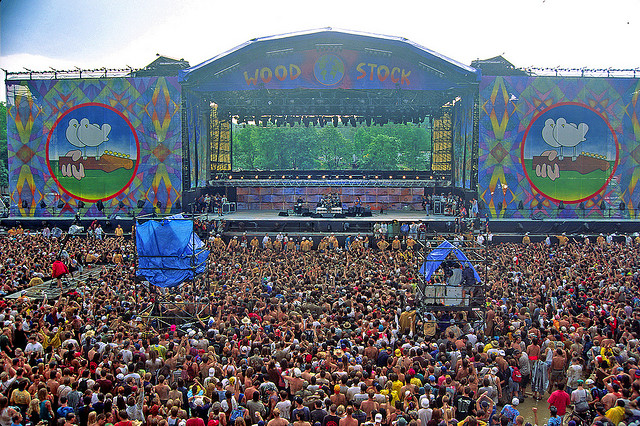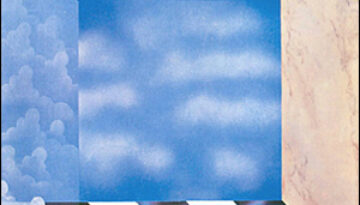Top 9 Rock Festivals
This week Classic Rock Review joins the celebration of the 45th Anniversary of the historic 1969 Woodstock Music Festival. In conjunction with Top 9 Lists, we present a list of the Top 9 […]

This week Classic Rock Review joins the celebration of the 45th Anniversary of the historic 1969 Woodstock Music Festival. In conjunction with Top 9 Lists, we present a list of the Top 9 […]

Through the long history of rock and roll, there have been impressive second acts. We’ve spoken about such comebacks during some of our late 1980s reviews, most prominently the full re-ascent of the […]

Buy Low Spark of High-Heeled Boys Traffic reached a level of distinction with the second album of the second incarnation of the band (their fifth album overall). The Low Spark of High-Heeled Boys […]

Buy John Barleycorn Must Die Traffic returned from a short hiatus with the 1970 album John Barleycorn Must Die. Reformed as a trio, the group built this album mainly on extended, jazz-infused jams […]